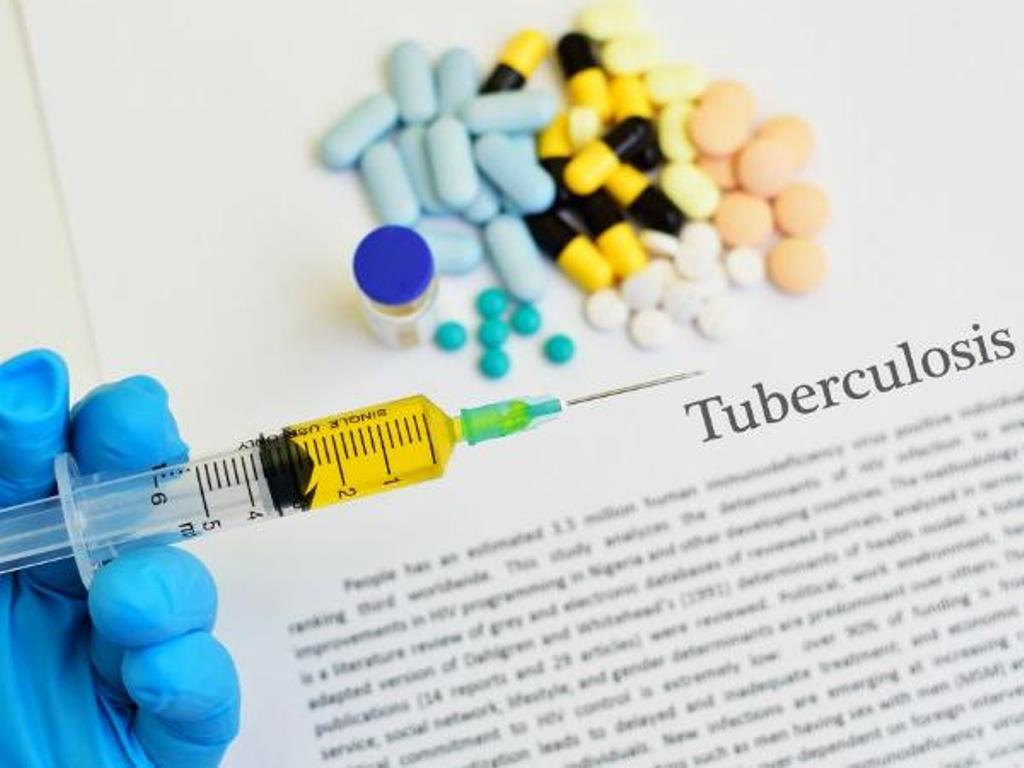TANZANIA has topped other African countries in the fight against tuberculosis, one of the top 10 causes of death and the leading cause from a single infectious agent above HIV and AIDS, a new World Health Organisation (WHO) assessment shows.
Permanent Secretary in the Ministry of Health, Community Development, Gender, Elderly and Children Dr Zainabu Chaula revealed here that the country has attained 75 per cent of the global goal, one of the record high in the content.
“The WHO in collaboration with experts within and outside the country recently reviewed our national five year plan adopted in 2015 that among other things targeted to increase TB case detection by 29 per cent,” she said at a National Tuberculosis and Leprosy Programme (NTLP) held in Dodoma. T
he national five-year strategic plan also had envisioned a Tanzania free from TB and leprosy by reducing infection and enhancing medical care and treatment.
Other high performing countries according to the world health organisation review are Zambia and Rwanda. According to Dr Chaula, the review was part of the sustainable development goal and WHO end TB strategy by 2030.
“We have received most of their recommendations that we as the government will integrate to our strategies to ensure we end TB in the country,” Dr Chaula noted.
The PS admitted challenges including limited public awareness on precaution measures against TB and urged the general public to ensure their living rooms have sufficient windows to allow air circulation as well as consider all environmental health guidelines.
She said the government has moved on to improve centres for medical care and treatment to TB patients.
NTLP acting Manager Dr Zuweina Kondo detailed that the unit has increased the number of people affected from 37 per cent in 2015 to 53 per cent in 2019.
“We had a plan to reach TB patients. In 2019, we were able to reach 82,140 up from 75,545 patients in 2018,” she said.
Dr Wilfred Nkoma, Regional TB Adviser at the World Health Organisation called on the government however to increase the number of diagnostic centres and protection of health care workers.
The review by the WHO identified that there were 145 sites as of 2019 but 472 health care workers had TB as of 2018. Tanzania had planned to reduce TB by 20 per cent come 2020 and it currently stands at 17 per cent.
It also targets to reduce TB by 50 per cent in 2025.







